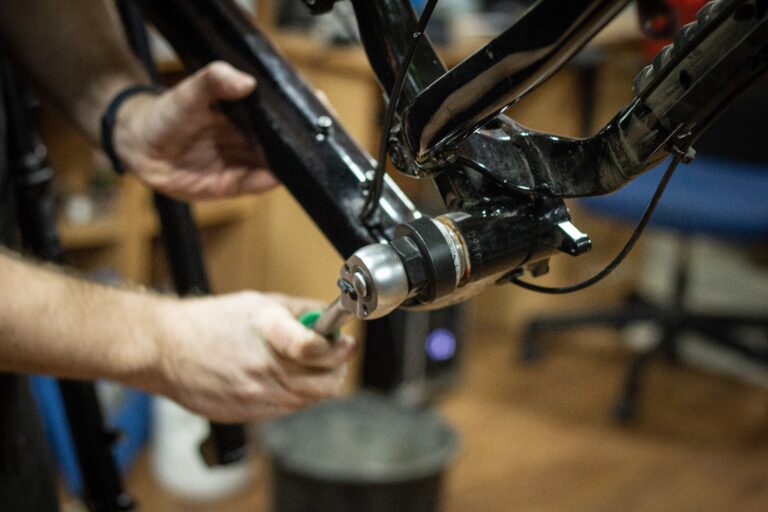
Redistribute Resources, Eliminate Waste: Circular Economy – Part Two
As we continue our series investigating alternative economic models, here is the second edition of our dive into Circular Economics.
Read Redistribute Resources, Eliminate Waste: Circular Economy – Part One here.
The Population Factor
A transition to a circular economy must also mean an end to the endless pursuit of growth, this includes ending population growth, as well as a widespread adoption of a more eco-conscious form of consumerism.
Population growth combined with our own rising consumption means that material use continues to grow by an average of more than 2.3 per cent per year. According to the Global Resources Outlook, over the past 20 years, affluence explains 40 per cent of the global increase of material extraction, while population growth contributed to a 27 per cent rise.
A circular economy requires an end to cultivating and extracting new primary resources, which can’t be done if population growth necessitates more land that needs to be cultivated for agriculture to feed more people, more forests cleared for housing as cities expand, alongside rising demands for more water, more energy etc. In short, more people require more resources.
What is a Circular Economy?
“The circular economy is a system where materials never become waste and nature is regenerated. In a circular economy, products and materials are kept in circulation through processes like maintenance, reuse, refurbishment, remanufacture, recycling, and composting. The circular economy tackles climate change and other global challenges, like biodiversity loss, waste, and pollution, by decoupling economic activity from the consumption of finite resources.”
Ellen MacArthur Foundation
Recent reports show that humans will push further into wildlife habitat across more than 50 per cent of land by 2070. A circular economy cannot hope to conserve nature if our growing population means wildlife is running out of space.
The Ellen MacArthur Foundation itself does not address population growth, but it should be recognised as a necessary component of achieving a circular economy. Especially, when the solution to ending population growth is ending gender inequalities that mean millions of young girls and women are deprived of higher education, secure employment, or access to safe, modern contraception, and as a result are unable to choose the size of their families.
Eco-conscious consumerism
Pro-choice solutions to end population growth empower women and girls through education and access to quality healthcare. Funding maternal and reproductive healthcare ensures more sustainable development for communities. Ending population growth will reduce rising demand for natural resources like land, water, and timber. This reduction will help ease the transition to a circular economy. It allows us to maximise the value of existing resources more creatively.
It’s vital that everyone has access to the resources they need. However, current global systems promote high-consumption lifestyles. We often consume far more resources than necessary, especially in wealthy countries like the UK. A circular economy requires a shift to slower, more eco-conscious consumerism. This shift would focus on buying less and repairing rather than replacing products.

Companies would need a top-down approach to stop mass-marketing campaigns that promote unsustainable consumption. These campaigns often encourage a constant “buy, buy, buy” attitude. Instead, companies could adopt messages like Patagonia’s “Don’t Buy This Jacket” advert. This campaign aimed to raise awareness about conscious consumerism. It focused on reducing environmental impact by encouraging people to repair more and buy less.
Criticisms of Circular Economics
The required cultural shift from ‘consumer to user’ has been criticised by some as unrealistic. Critics also argue that marketing products for maintenance and repair, rather than buying new models, is impractical. The idea of consumers maintaining and repairing what they already own has been met with scepticism.
In addition, critics argue that industries may lack interest in using secondary materials, which could be contaminated or worn down. These materials may also be of lower quality compared to unprocessed primary resources. The circular economy requires rapid improvements in technology to reuse ‘waste’ materials effectively. This is essential for replacing primary resources on the scale needed.
This follows on from criticism that circular economics may be difficult to scale up, especially in context of the global economy and globalised supply chains, with components sourced and built in multiple countries. The reuse of ‘waste’ materials in new activities would therefore require a challenging global reorganisation of consumption and production. The circular economy would also require a complete shift to renewable energy if a transition to circular materials flows is to be realised without producing excess carbon emissions.
Jevon’s Paradox
The Potential Rebound Effect, also called Jevon’s Paradox, remains an unresolved issue for the circular economy. Efficiency improvements in individual products can be offset by increased consumption and material usage. If we improve at re-circulating products, this might encourage more purchases, undermining the circular model’s benefits in reducing waste. To counter this effect, a cultural shift towards eco-conscious, slower consumerism is needed. Consumers must adopt habits of buying less and repairing more. Additionally, ending population growth would help reduce product demand, limiting the potential rebound effect in a circular economy.
Final Thoughts
The circular economy is an interesting alternative model that does provide a more sustainable vision than the current growth-focused mindset. It’s important to recognise that several significant societal shifts would be required. These include a full transition to renewable energy and technological breakthroughs for processing waste materials for remanufacturing. Additionally, there must be a cultural shift towards slower, more eco-conscious consumerism.
_________________________________________________
This is part two of Redistribute resources, eliminate waste: the Circular Economy. Read part one here.



